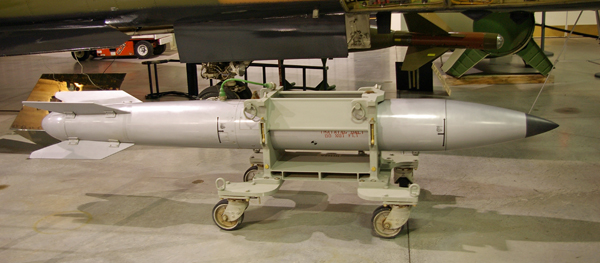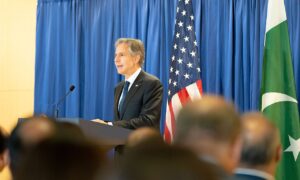The Challenge
The nuclear competition between India and Pakistan is heating up. Stockpiles of missiles and warheads are expanding. War fighting doctrines may be in flux. Deterrence stability is being undermined by new nuclear capabilities. Cross-border acts of terrorism emanating from Pakistan continue. New Delhi has begun to explore proactive military options that feed worst fears in Pakistan. Diplomatic efforts have stagnated. To make matters even worse, there is scant evidence of independent-minded nuclear learning on the subcontinent.
Stimson has undertaken a new initiative to promote nuclear learning. National nuclear narratives are all too often unchallenged. Television and print media rarely address nuclear issues in a substantive manner. Government officials and military officers, serving and retired — more in Pakistan than in India — affirm nuclear orthodoxy, constraining the space for public debate. Very few classes exist to study nuclear issues in universities.
Nuclear South Asia is the antidote to stale talking points and learning by memory. The course broaches contentious issues in a fair-minded way. Our intent is to empower a rising generation of strategic analysts to listen to others, think critically, and reach their own conclusions about nuclear trajectories in South Asia.
Our Approach
In 2016, Stimson’s South Asia Program launched a unique initiative to foster education on nuclear issues. We call our initial entry into this marketplace of ideas the “SOOC,” which is shorthand for Stimson’s open, online course. Our first venture is Nuclear South Asia: A Guide to India, Pakistan, and the Bomb.
Nuclear South Asia is the antidote to stale talking points and learning by memory. The course broaches contentious issues in a fair-minded way. Our intent is to empower a rising generation of strategic analysts to listen to others, think critically, and reach their own conclusions about nuclear trajectories in South Asia. While our primary audience is on the subcontinent, we welcome students from around the world.
This course consists of seven chapters: Introduction to Nuclear South Asia; Nuclear History; Nuclear Policy and Posture; The Global Nuclear Order; Nuclear Crises and Crisis Management; Confidence-Building and Nuclear Risk-Reduction Measures; and The Future of “Nuclear South Asia.” The course includes seven hours of video content in addition to quizzes, resources, and recommended readings. It draws on the expertise of over 80 leading practitioners and scholars from India, Pakistan, and the United States. Half of those on tape are from the region.
Among notable figures serving as course lecturers are:
- Rabia Akhtar, Director, Centre for Security, Strategy, and Policy Research, University of Lahore
- Linton Brooks, Chief U.S. Negotiator, Strategic Arms Reduction Treaty
- Robert Einhorn, former U.S. Assistant Secretary of State for Nonproliferation
- Feroz Khan, former Director, Arms Control and Disarmament Affairs, Strategic Plans Division, Pakistani Army
- Riaz Khan, former Pakistani Foreign Secretary
- Robin Raphel, former U.S. Assistant Secretary of State for South Asian Affairs
- Shyam Saran, former Indian Foreign Secretary
- Manpreet Sethi, Senior Fellow, Centre for Air Power Studies
- Rakesh Sood, former Indian Ambassador
The co-instructors of the course are Michael Krepon, Co-founder, and Sameer Lalwani, Senior Associate/Deputy Director of the South Asia Program.

Our Impact
Since we launched the first half of the course in July 2016, this unique learning experience has attracted more than 1,100 enrollees from 79 countries. Thousands more are expected to begin their educational journeys this year. With the course-production phase complete, we plan on turning our attention to expanding this online, nuclear-learning community, especially through social media, and to increasing student engagement and participation with outreach to universities in the region.




